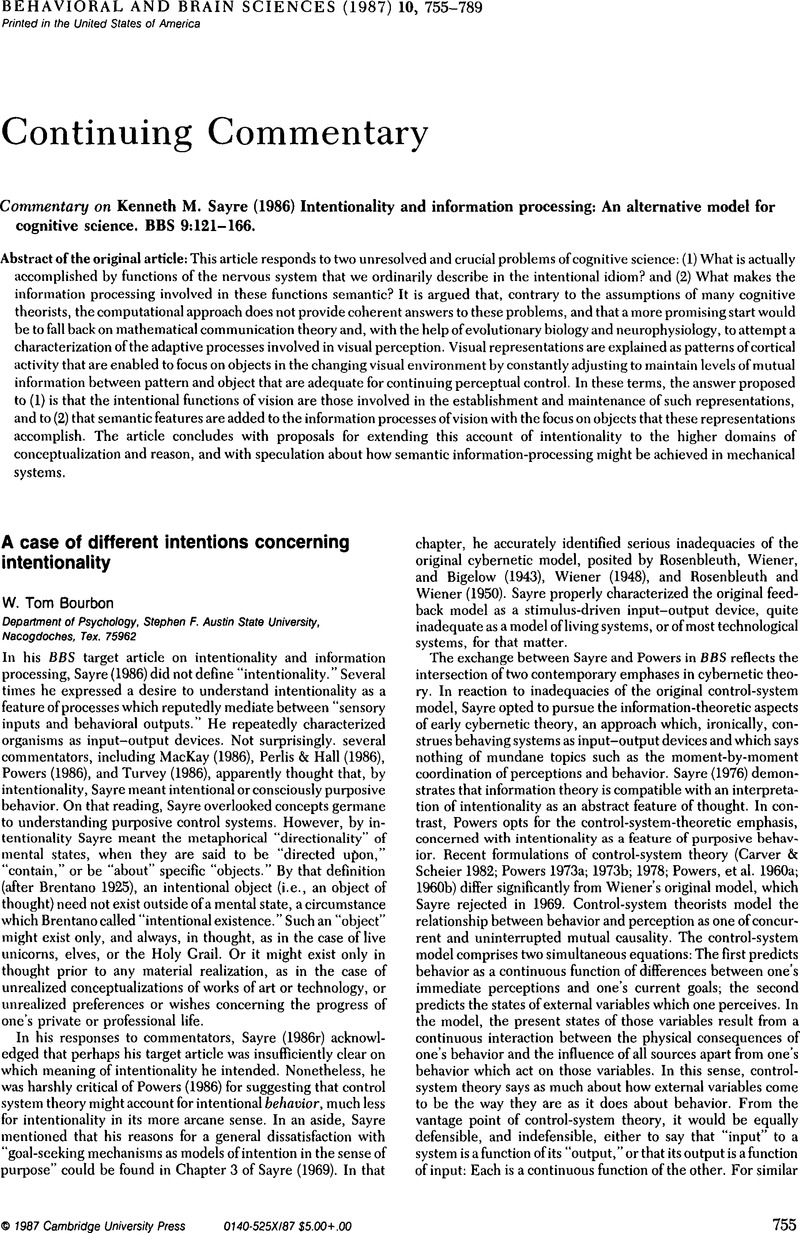Crossref Citations
This article has been cited by the following publications. This list is generated based on data provided by Crossref.
Fields, Chris
1994.
Thinking Computers and Virtual Persons.
p.
71.
Dietrich, Eric
1994.
Thinking Computers and Virtual Persons.
p.
109.





